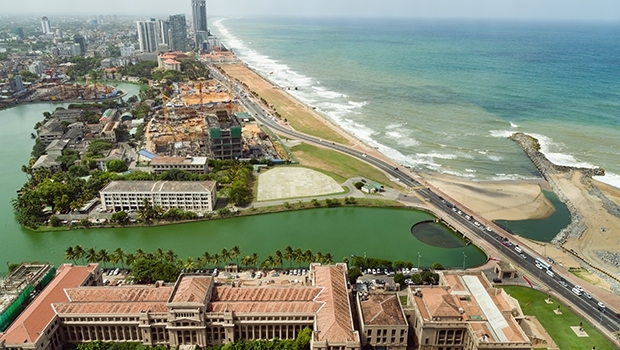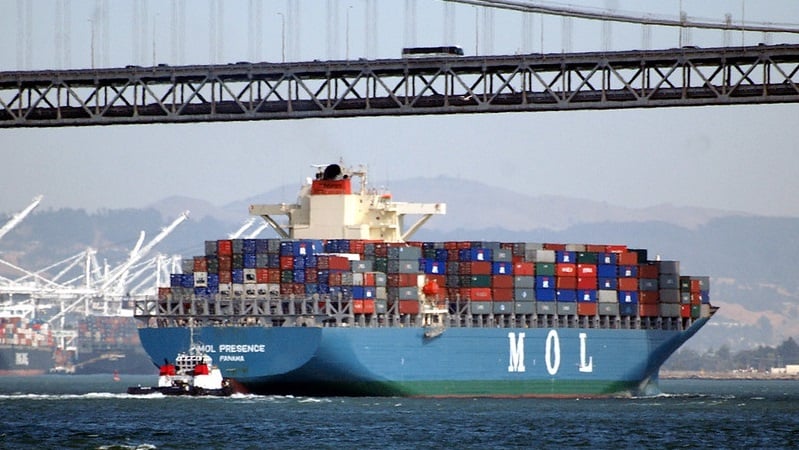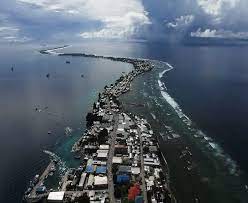Marshall Islands has set its sights on effectively managing 50% of its coastal resources by 2030
Spanning more than two million square kilometres of the central Pacific Ocean, the Republic of the Marshall Islands is home to some of the most stunning natural beauty anywhere on the planet. Dotted across its oceanscape are 29 atolls and five low-lying coral islands that around 60,000 people call home. Most have settled in the urban centres of Majuro, Ebeye, and Kwajalein; while a third of the population can still be found on the outer islands. Yet no matter where they live, the ocean is entwined with the lives and livelihoods of all Marshall Islanders.
In recent decades, climate change, land-based pollution, and resource exploitation have had a significant impact on the delicate environmental balance of the country. Looking ahead to safeguard their precious resources, RMI joined 4 neighbouring nations in 2006 to commit to the Micronesia Challenge, an ambitious goal with each partner aiming to effectively manage 30% of their coastal resources and 20% of their land resources by 2020. The strategy developed by the Marshallese government to meet the challenge is called the Reimaanlok Framework.
“You’re born with the ocean just 50 yards away from you. No matter where you live in the Marshall Islands, the ocean will never be too far”
Community Conservation
“‘Reimaanlok’ is a Marshallese term that means ‘look towards the future’,” explains Emma Kabua-Tibon, Protected Areas Network Coordinator for the Marshall Islands Marine Resources Authority (MIMRA), the key body for managing Marshall Islands’ immense ocean resources.
“Often times, people don’t think about their actions and how it will impact their resources and future generations. It [- Reimaanlok -] is a very powerful word.”
Traditional cultural practices in Marshall Islands have always promoted conservation and sustainable resource management. In return, the Marshallese have been nurtured by the islands, atolls, and ocean around them for thousands of years. The Reimaanlok promotes cultural insights held by local leaders and communities and augments them with rigorous scientific studies of the local environment. This approach empowers well-informed, community-led conservation.
Women, men and young people representing diverse interest groups across the community form a Local Resource Committee who lead discussions that inform localised resource management plans. This process often takes several months, even years, to complete, before the plan is eventually signed off by the Mayor and traditional leaders and endorsed for implementation.
In this way, the MIMRA has been successfully developing resource management plans across Marshall Islands. To date, sixteen coastal communities are managing their own fisheries areas, and more than 20 coastal fish resource sites have been assessed and are ready to implement their plans. Last year, in no small part due to work of the Reimaanlok, Marshall Islands announced that it had achieved its 2020 Micronesia Challenge goal.
Redner Alfred, who lives on Ailuk Atoll, in Marshall Islands’ eastern Ratak chain of islands, says his community is seeing many benefits.
“Today we see significant changes and our resources are more bountiful, especially our marine resources. …The Reimaanlok framework is a great way for our communities to protect our resources, not only for this generation but also for generations to come.”
The Pacific Islands Regional Oceanscape Programme
Financial support for this work in the Marshall Islands has come from the US$74 million Pacific Islands Regional Oceanscape Programme (PROP), which includes US$68 million from the World Bank’s International Development Association (IDA), the World Bank’s fund for the world’s most in-need countries, together with US$6m from the Global Environment Fund. PROP is working in seven Pacific countries, and with the Pacific Islands Forum Fisheries Agency, to help sustainably increase returns from ocean resources, while putting in place systems to protect those resources for generations to come.
“Support from the World Bank enabled us to do more,” says Kalena deBrum. “Last year we were able to visit ten atolls and sign off on four resource management plans, with the rest of them probably getting signed this summer. That is something that we could never have done without the help of the World Bank.”
World Bank support has also helped MIMRA with transportation and equipment to help with its conservation efforts. Experienced and equipped divers are now part of the Ministry’s resources so the team can move around the country’s immense ocean territory safely.
In line with the philosophy of sustainability – and putting in place investments that will have a long-term benefit – that underpins the Reimaanlok, World Bank support has also enabled the team to hire college students from local schools to support community visits, together with marine data input and analysis; work experience that will no doubt inspire the next generation of conservation-conscious Marshall Islanders.
Looking to the Future
There is still much to be done, but the future of ocean conservation in Marshall Islands is looking positive. After meeting its initial Micronesia Challenge goal, the country has now set its sights on an even more ambitious target: conserving 50% of its coastal resources by 2030. Emma Kabua-Tibon is confident her country will achieve this milestone.
“A lot of our communities rely on their resources for their livelihoods. We need to ensure that we’re not only setting aside areas for protection but we’re also empowering them to sustainably develop their resources,” says Emma. “We’ve met the 30% but there are actually a lot more atolls and communities that are waiting to be a part of the Reimaanlok and Protected Areas Network, so that number will increase, and we’re really happy with that.”
This story was published at The World Bank on 16 November 2021, reposted via PACNEWS.




